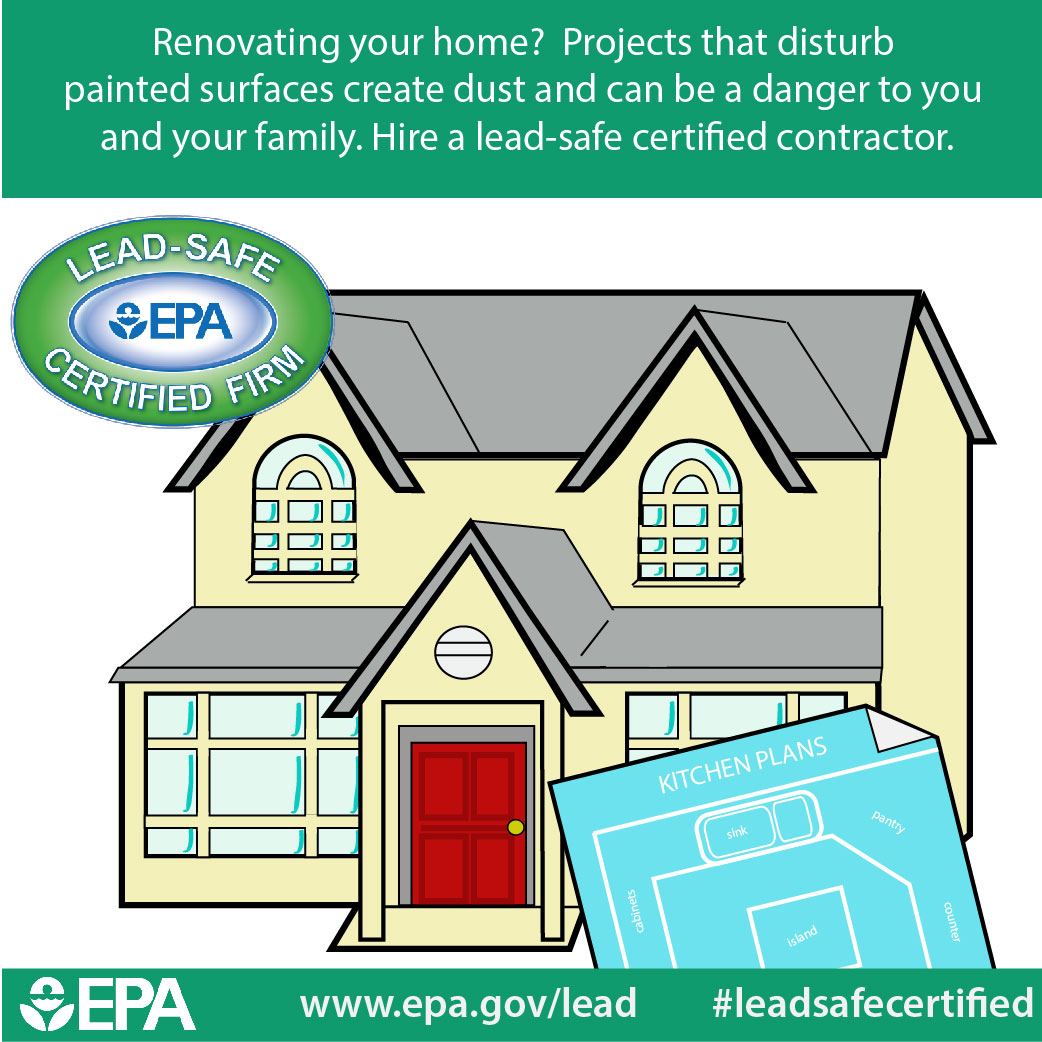Discover How Seasonal Impacts Can Influence The Effectiveness Of Industrial Outside Painting And Find Out One Of The Most Favorable Times To Make Sure Durable Outcomes For Your Job
Discover How Seasonal Impacts Can Influence The Effectiveness Of Industrial Outside Painting And Find Out One Of The Most Favorable Times To Make Sure Durable Outcomes For Your Job
Blog Article
Content Writer-Ford Decker
When you're planning a commercial outside paint project, seasonal factors can make or damage your outcomes. You'll wish to take into consideration how temperature and humidity effect paint application and drying out times. Choosing the appropriate period can ensure your paint sticks properly and lasts longer. Yet which seasons are truly the very best for this kind of work? Allow's discover commercial interior painter plymouth that can affect your task's success.
The Influence of Temperature on Paint Application
When you're planning a business outside paint job, the temperature can substantially impact exactly how well the paint adheres and dries out.
Ideally, you want to paint when temperatures range in between 50 ° F and 85 ° F. If it's too chilly, the paint might not cure effectively, bring about issues like peeling off or breaking.
On the other hand, if it's as well warm, the paint can dry out also promptly, protecting against correct adhesion and causing an uneven coating.
You must also take into consideration the moment of day; early morning or late afternoon offers cooler temperature levels, which can be more desirable.
Always check the supplier's recommendations for the particular paint you're using, as they usually supply advice on the excellent temperature array for optimal results.
Humidity and Its Impact on Drying Times
Temperature isn't the only ecological element that influences your industrial external painting job; humidity plays a considerable duty too. High humidity levels can reduce drying times substantially, impacting the total high quality of your paint work.
When the air is filled with dampness, the paint takes longer to cure, which can cause problems like poor bond and a higher danger of mold growth. If you're painting on a specifically damp day, be prepared for extended wait times in between coats.
It's critical to monitor local climate condition and plan accordingly. Ideally, go for moisture levels between 40% and 70% for optimal drying.
Maintaining these factors in mind ensures your job stays on track and provides a long lasting coating.
Best Seasons for Commercial Outside Paint Projects
What's the best season for your commercial exterior painting projects?
Spring and early autumn are usually your best choices. During house painters minneapolis , temperature levels are light, and humidity levels are typically lower, creating ideal conditions for paint application and drying out.
Stay clear of summer's intense heat, which can create paint to dry as well swiftly, causing poor bond and finish. Likewise, winter months's cool temperature levels can impede appropriate drying out and healing, running the risk of the durability of your paint task.
Go for days with temperatures in between 50 ° F and 85 ° F for optimum outcomes. Keep in mind to check the neighborhood weather prediction for rain, as damp conditions can destroy your job.
Planning around https://smalljobpaintersnearme83726.blogsidea.com/42034357/insights-from-homeowners-efficient-methods-for-partnering-with-paint-contractors guarantees your paint job runs efficiently and lasts much longer.
Verdict
In conclusion, planning your business external paint jobs around seasonal considerations can make a significant difference in the end result. By organizing work throughout the ideal temperature levels and moisture degrees, you'll make sure better bond and drying times. Remember to keep an eye on local weather forecasts and pick the correct time of year-- springtime and very early fall are your best options. Taking these steps will aid you achieve a long lasting and expert coating that lasts.
